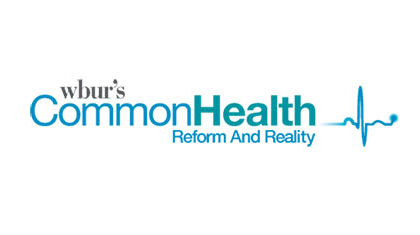
First, beginning about five years ago, came the OpenNotes study. Researchers found that when they gave patients access to their primary care doctors’ written notes, the patients said they got better at taking care of themselves, particularly at taking medications correctly. And contrary to some doctors’ fears, the notes did not tend to cause offense or avalanches of questions.
“OpenNotes” caught on; Some 5 million patients’ records around the country now use it.
Then came the next bold move: The researchers, centered at Beth Israel Deaconess Medical Center, launched a pilot program to open some psychiatric notes to selected patients. (The journal headline: Let’s Show Patients Their Mental Health Records. Our headline: What Your Shrink Thinks.)
And now, the open records movement is moving beyond transparent, to interactive. That is, what if you could not just see your doctor’s medical notes but actually comment on them and contribute to them? As you do, say, when you collaborate online with colleagues on a project in Google Docs?
That’s the next step, says Jan Walker, co-director of the “OpenNotes” project and a researcher at Beth Israel Deaconess and Harvard Medical School. With a new $450,000 grant from The Commonwealth Fund, researchers plan to develop and test “OurNotes,” an interface that will invite patients to contribute to their own medical notes.
Our conversation, edited:
Given the self-obsessive behavior of some people I know who use Fitbits and other health trackers, I think if I were a doctor I’d fear a huge deluge of data into my patients’ health records: “I took 6,000 steps and slept 6:27 hours…” How do you address that?
Jan Walker: One of the frontiers here is making decisions about what data is really paid attention to. As we invite patients to contribute to their records, as we invite patients to upload data from home devices into their records, there are going to be many new inputs of data into the medical records, from technologies that probably don’t even exist yet.
For clinicians, this can look like such a flood of data coming toward them that it’s impossible to pay attention to, to distill it and act on it, and be responsible for understanding everything that’s coming in. So one of the interesting parts of this research is figuring out how to highlight important things for clinicians, and let the rest just be stored.
Read Carey Goldberg’s full article here!



